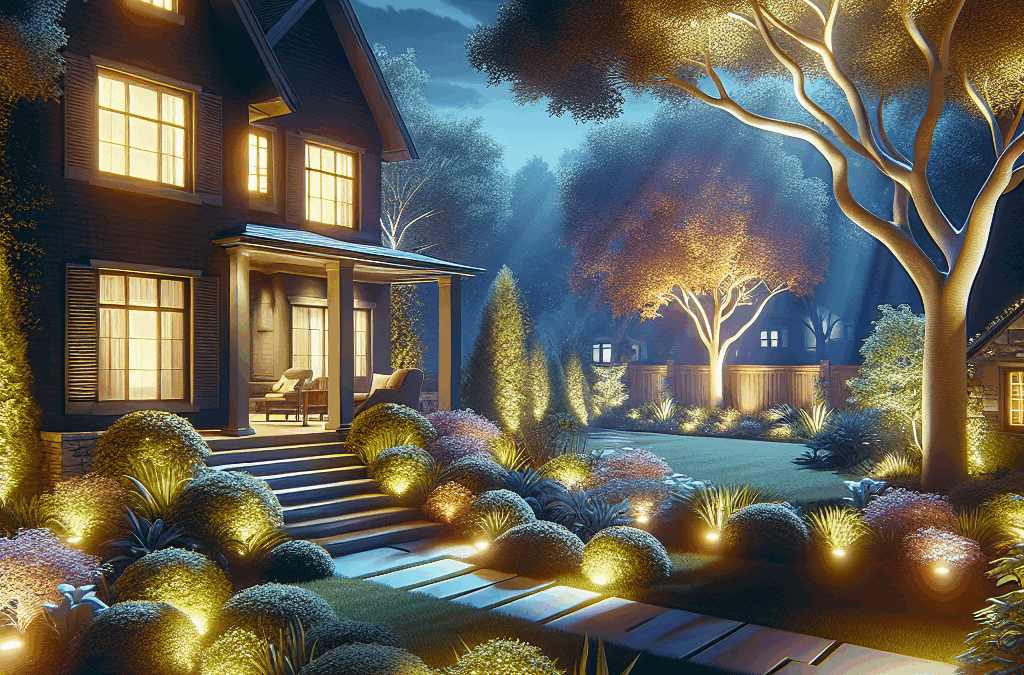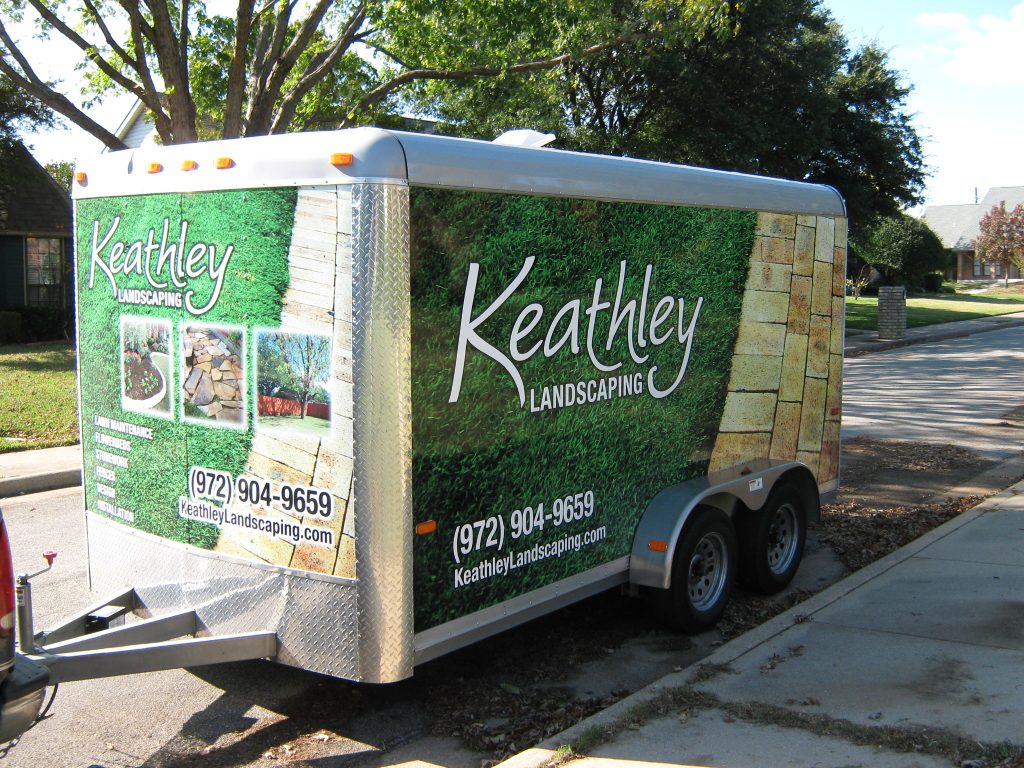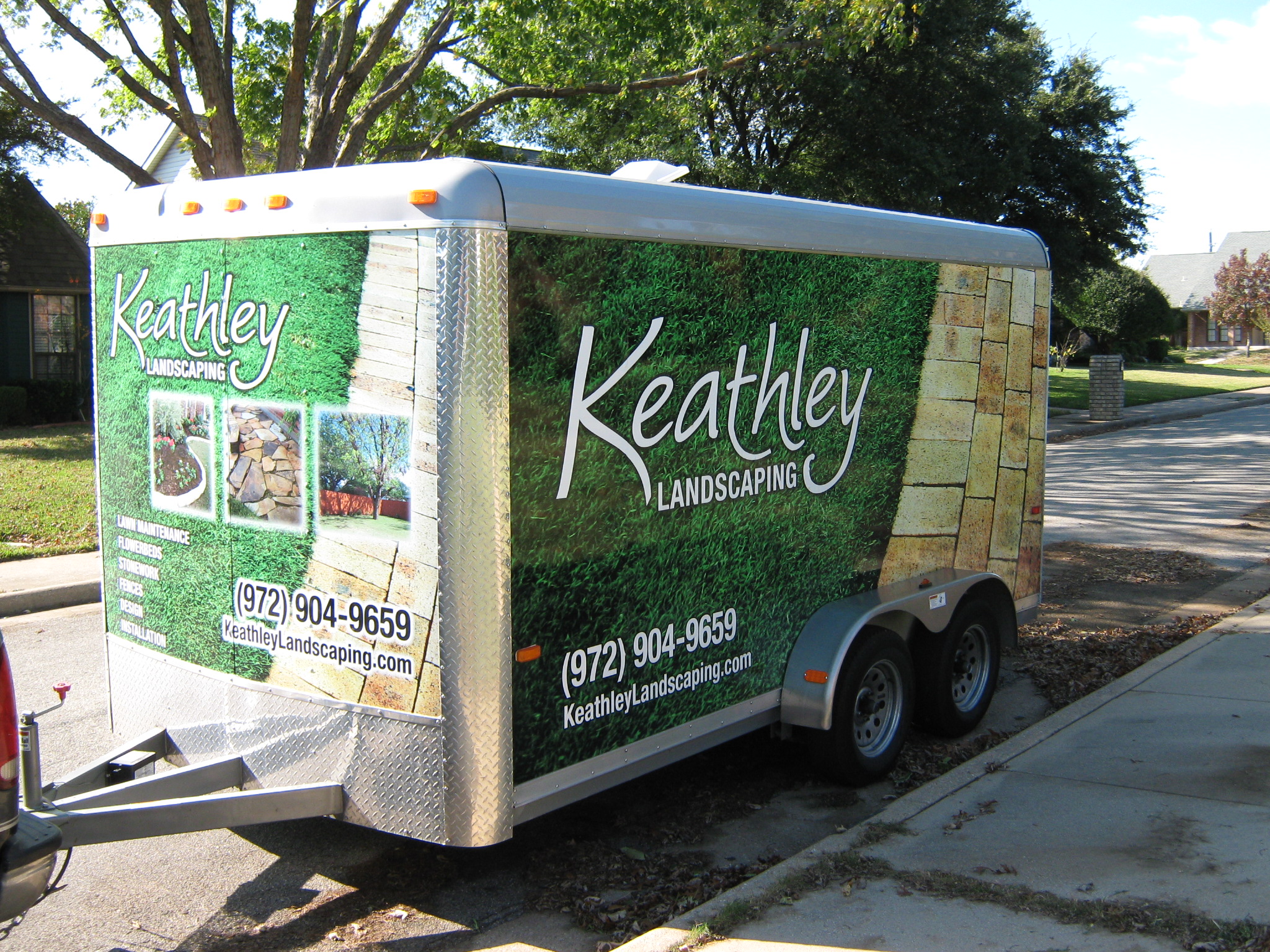Landscape Lighting for Enhancing Nighttime Curb Appeal
Welcome to the world of landscape lighting, where creativity meets functionality! 🌟 If you’ve ever driven past a beautifully lit home and felt a twinge of envy, you’re not alone. The good news is that enhancing your own nighttime curb appeal is easier than you might think. In this post, we’ll explore how to use landscape lighting to make your home shine after dark.
Table of Contents
1. Why Landscape Lighting Matters
2. Types of Landscape Lighting
3. Designing Your Lighting Plan
4. Installation Tips and Tricks
5. Conclusion
6. FAQs
Why Landscape Lighting Matters 🌙
Landscape lighting is more than just a way to illuminate your yard; it’s an art form that can transform the entire look of your home. Not only does it add elegance and charm, but it also increases safety and security. Picture this: a softly lit walkway guiding guests to your door, strategically placed spotlights highlighting your favorite garden features, and a warm glow emanating from your porch. All these elements work together to create a welcoming and attractive environment.
Types of Landscape Lighting 💡
Before you dive into designing your lighting plan, it’s essential to understand the different types of landscape lighting available:
Path Lights
These are small fixtures that line walkways, driveways, and garden paths. They are perfect for guiding the way and adding a touch of beauty to your landscape.
Spotlights
Spotlights are used to highlight specific features of your garden, such as trees, sculptures, or architectural details. They create dramatic effects and focal points in your outdoor space.
Floodlights
For security purposes, floodlights are the way to go. They illuminate large areas with a bright, wide beam, making them ideal for driveways and backyards.
Wall Lights
Installed on the exterior walls of your home, these lights provide ambient lighting and enhance the architectural design of your house.
Designing Your Lighting Plan 🏡
Now that you’re familiar with the types of lighting, it’s time to design your plan. Start by sketching a layout of your yard and identifying the areas you want to highlight. Consider your home’s architectural features, your garden’s focal points, and any pathways that need illumination.
Balance is key – you don’t want your yard to resemble a football field at night. A mix of subtle and bold lighting will create depth and interest. Also, think about the color temperature of your lights. A warm, soft light is generally more inviting than a harsh, white light.
Installation Tips and Tricks 🚀
When it comes to installation, you have a couple of options: DIY or hiring a professional. If you’re handy and enjoy a weekend project, there are plenty of resources available to guide you through the process. However, for more complex installations or if you’re unsure about electrical work, it’s best to hire a professional.
Here are some quick tips to keep in mind:
– Use LED lights for energy efficiency and longevity. 💡
– Consider solar-powered lights for eco-friendly options. 🌞
– Regularly check and clean your fixtures to maintain their appearance and functionality.
– Make sure all wiring is safe and secure to avoid any hazards.
Conclusion
Landscape lighting is a fantastic way to enhance your home’s nighttime curb appeal, adding both beauty and security. With the right plan and execution, your home can be the star of the neighborhood. So, gather your ideas, and let your creativity shine! ✨
FAQs
Q: How much does it cost to install landscape lighting?
A: The cost can vary depending on the size of your yard and the complexity of the design. For a basic setup, you might spend a few hundred dollars, while more elaborate designs could cost several thousand.
Q: Can I install landscape lighting myself?
A: Yes, many homeowners choose to install their own landscape lighting. However, if you’re uncomfortable with electrical work or want a complex system, hiring a professional is a good idea.
Q: How do I maintain my landscape lighting?
A: Regular maintenance involves checking for burned-out bulbs, cleaning fixtures, and ensuring all connections are secure. It’s also good practice to inspect your system after severe weather.
Q: What type of lighting is best for energy efficiency?
A: LED lights are the most energy-efficient option, offering longevity and lower energy consumption compared to traditional bulbs.







































Recent Comments